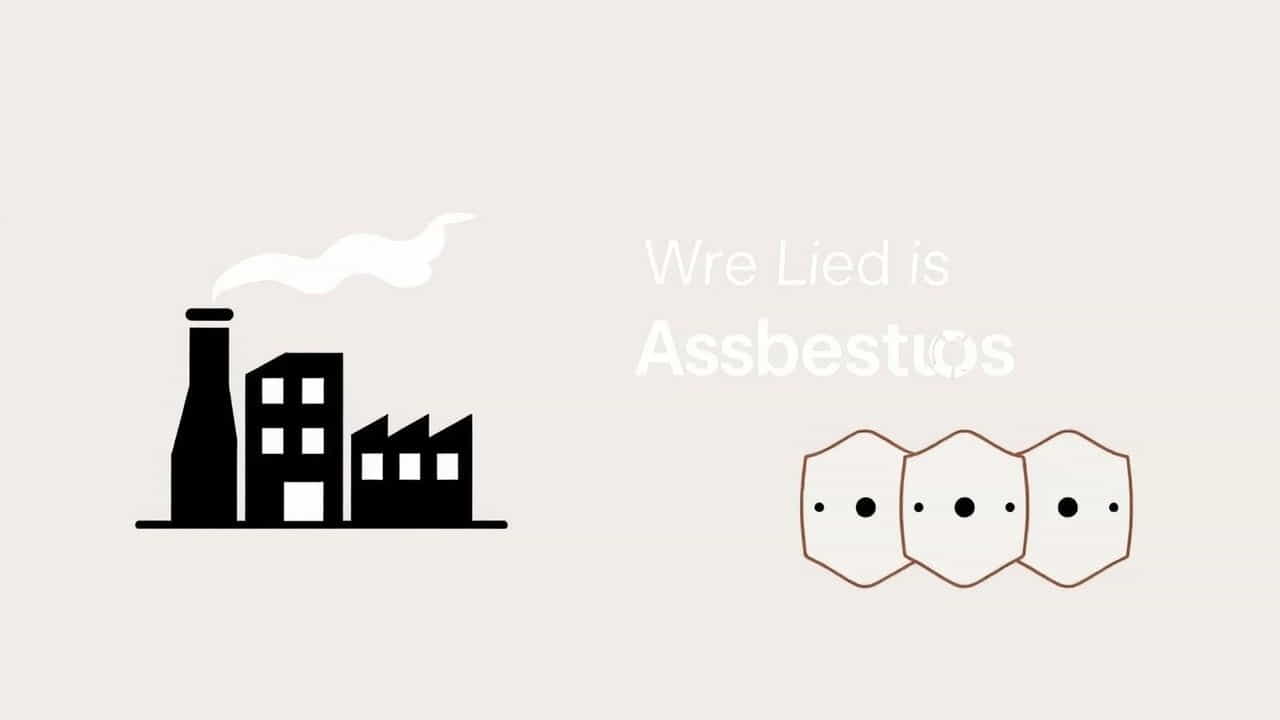Asbestos is a naturally occurring mineral that has been used for centuries due to its unique properties. Known for its heat resistance, strength, and insulating ability, asbestos became widely used in construction, manufacturing, and various industrial products. However, despite its benefits, asbestos is also known for its serious health risks. This topic will explain what asbestos is used for, its most common applications, and the reasons why it has been phased out in many countries.
What Is Asbestos?
Asbestos is a group of six naturally occurring silicate minerals composed of thin fibers. These fibers are strong, flexible, resistant to heat, fire, and chemicals. Because of these qualities, asbestos became highly popular in building materials and other products starting from the late 19th century through the 20th century.
Key Properties of Asbestos
-
Heat and fire resistance
-
Electrical insulation
-
Chemical resistance
-
Durability and strength
-
Sound insulation properties
These features made asbestos a go-to material in various industries, particularly construction, shipbuilding, and automotive manufacturing.
Common Uses of Asbestos
1. Construction Materials
One of the most common uses of asbestos was in construction. It was added to products to make them fire-resistant, durable, and insulating.
Examples include:
-
Asbestos cement sheets and pipes
-
Roof shingles
-
Floor tiles and vinyl products
-
Spray-on insulation
-
Fire-resistant drywall
-
Ceiling panels
2. Insulation
Asbestos was widely used as an insulator. Its ability to withstand heat made it perfect for use around boilers, steam pipes, and furnaces.
Common insulation applications included:
-
Pipe lagging
-
Boiler insulation
-
Thermal insulation in industrial buildings
-
Loft and attic insulation
3. Automotive Industry
The automotive industry also relied heavily on asbestos for its heat-resistant properties.
Asbestos-containing parts included:
-
Brake pads and brake linings
-
Clutch facings
-
Gaskets
-
Hood liners
4. Fireproofing
Fireproof materials often contained asbestos because of its non-combustible nature.
Fireproofing uses:
-
Fire blankets
-
Protective clothing for firefighters
-
Fire doors and partitions
-
Fireproof coatings in buildings
5. Shipbuilding
Shipbuilders used asbestos extensively due to the high heat and fire risks onboard ships.
Applications in ships included:
-
Insulation for boilers and pipes
-
Engine room linings
-
Fireproof coatings
-
Hull insulation
6. Electrical Insulation
Asbestos was used in electrical components because it resists heat and electricity.
Electrical uses included:
-
Wiring insulation
-
Circuit boards
-
Switchgear
-
Arc chutes in electrical equipment
7. Consumer Products
In the past, asbestos could also be found in household items, although this is now banned in many countries.
Examples of asbestos in consumer goods:
-
Hairdryers
-
Ironing board covers
-
Oven gloves
-
Older plastics and adhesives
Why Was Asbestos So Widely Used?
Asbestos was inexpensive, easy to use, and provided solutions to multiple industrial problems. Its ability to protect against fire, insulate against heat, and strengthen materials made it an attractive addition to hundreds of products.
The Health Risks of Asbestos
Despite its usefulness, asbestos is extremely hazardous when fibers are inhaled. Over time, exposure to asbestos fibers can lead to serious diseases, often taking decades to develop.
Major health conditions caused by asbestos:
-
Asbestosis: Scarring of lung tissue, causing difficulty breathing.
-
Mesothelioma: A rare and aggressive cancer that affects the lining of the lungs, abdomen, or heart.
-
Lung cancer: Exposure to asbestos increases the risk of lung cancer, especially among smokers.
-
Pleural effusion: Fluid buildup between the layers of the pleura around the lungs.
When Did the Use of Asbestos Decline?
As the dangers of asbestos became better understood in the 1970s and 1980s, many countries began regulating and banning its use. Today, asbestos is either strictly controlled or banned in most developed nations. However, it may still be present in older buildings and structures.
Is Asbestos Still Used Today?
In some countries, asbestos is still used, though with strict regulations. Certain products, like brake linings or roofing materials, may still contain asbestos in limited quantities. However, most countries have banned its use in residential construction and consumer products.
Identifying Asbestos in Older Buildings
If you live or work in a building built before the 1990s, there’s a chance it contains asbestos.
Common places where asbestos might still be found:
-
Ceiling tiles
-
Insulation materials
-
Floor tiles
-
Cement panels
-
Pipe lagging
It is important never to disturb asbestos-containing materials. If asbestos is suspected, professional testing and removal by certified specialists are required.
Safe Alternatives to Asbestos
Today, industries use safe alternatives that provide similar benefits without the health risks.
Common asbestos alternatives:
-
Fiberglass
-
Mineral wool
-
Cellulose fiber
-
Calcium silicate
-
Ceramic fibers
These materials are used in insulation, fireproofing, and construction without posing a danger to human health.
What to Do If You Suspect Asbestos
If you suspect that asbestos is present in your home or workplace:
-
Do not disturb the material.
-
Avoid sanding, drilling, or breaking the surface.
-
Contact a licensed asbestos professional for testing and removal.
-
Follow local regulations for proper disposal.
Asbestos was once a highly valued material due to its heat resistance, durability, and insulating properties. It was used in construction, automotive parts, shipbuilding, electrical insulation, and fireproof products. However, the serious health risks associated with asbestos exposure led to a global decline in its use and numerous bans.
If you live in or are working on a building built before asbestos bans, always proceed with caution. It’s essential to consult professionals if you suspect the presence of asbestos. Thankfully, modern technology has provided safe, effective alternatives that continue to meet industrial and construction needs without endangering lives.
Understanding what asbestos was used for helps us appreciate its former importance while recognizing why safety must come first. Always stay informed, and if in doubt, consult experts to handle asbestos responsibly.
